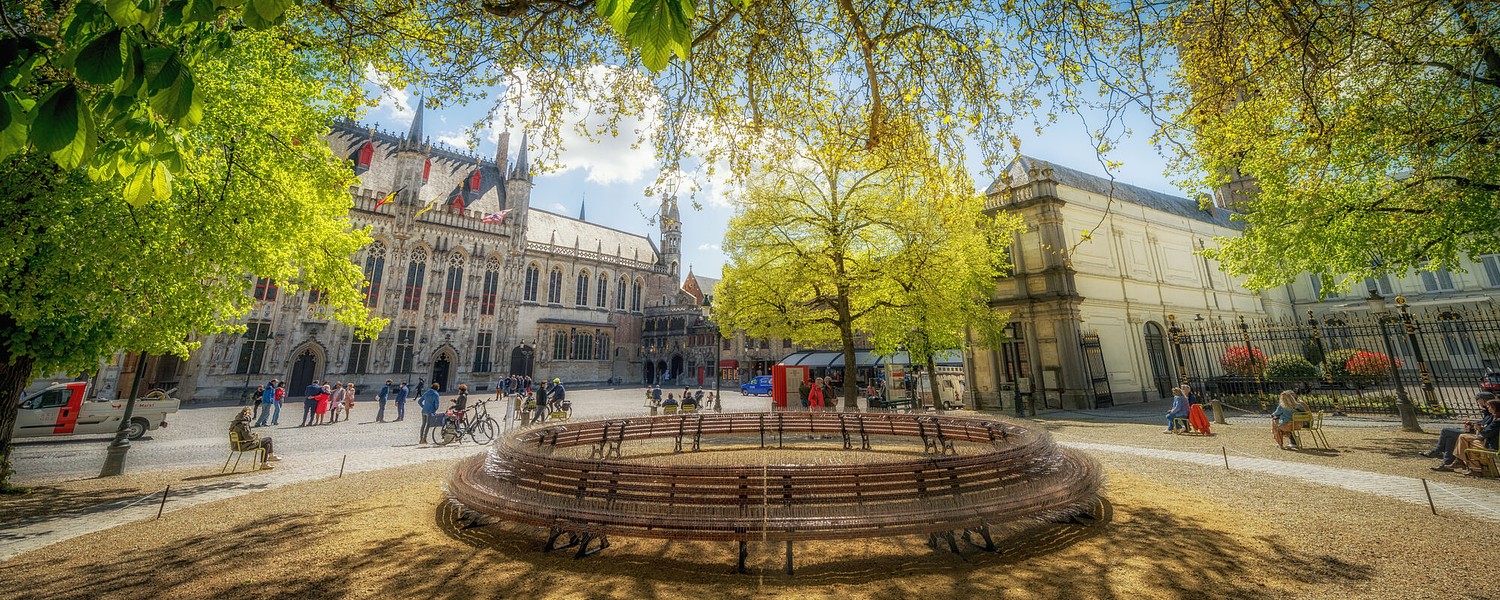
Bruges’ historic city centre
The entire historic centre of Bruges is a designated World Heritage site. This is especially unusual and there are a number of reasons behind it. Both the structure and the architecture of the city point to Bruges’ prominent past as one of Europe’s most significant trade centres, from the unique pattern of the streets to the well-preserved second defensive city ramparts, the canal network (‘reien’) and the city’s material heritage. Bruges’ medieval heritage has also been expertly preserved and renovated. The remarkable visual unity of the city was also well-preserved thanks to the carefully-considered neo-gothic style. But it is not only the many medieval buildings and monuments that have stood the test of time; the city’s intangible heritage, such as the many traditional processions, is still part of life in Bruges today. Bruges is also considered to be the birthplace of the Flemish primitives, a group of painters who elevated Bruges’ status to that of an internationally renowned centre for art in the 15th century. You can still marvel at many works of art by the world-renowned masters in Bruges, the city where they were created. And despite the fact that many centuries have gone by, Bruges’ skyline remains unchanged. Modern Bruges is an architecturally coherent whole, with a clearly defined historic centre that is without false notes or visual noise. A beautiful sight that has stood proud for many centuries.
Bookable
続きを読む









